Table of Contents
- Introduction to AR, VR, MR, and XR
- Augmented Reality (AR) – Integrating Digital Elements with the Real World
- Features of Augmented Reality (AR)
- Education Using AR
- AR in E-commerce and Retail
- Tourism with AR
- Virtual Reality (VR) – Full Immersion in the Digital World
- Entertainment and Video Games with VR
- Education and Simulation with VR
- Therapy and Rehabilitation with VR
- Mixed Reality (MR) – Merging the Real and Virtual Worlds
- MR in Design and Architecture
- MR in Manufacturing
- Extended Reality (XR) – The Future of Digital Interactions
- The Future of XR in Workplaces and Education
- What is the Difference Between AR and VR?
- What is the Difference Between VR and MR?
- Comparing AR and MR
- Applications of AR, VR, MR, and XR Across Various Industries
- Education
- Healthcare
- Entertainment and Gaming
- Real Estate
- Manufacturing
- Design and Architecture
- Challenges and Future Outlook for AR, VR, MR, and XR Development
- Conclusion
Introduction to AR, VR, MR, and XR
In the digital world, technologies like AR, VR, MR, and XR have transformed how we perceive and interact with the world. Each technology uniquely integrates real and virtual environments, offering users new ways to experience and interact with digital information.
AR adds digital elements to the real world, making everyday experiences more interactive and enriched.
VR transports users to a fully digital world, enabling complete immersion in virtual environments.
MR combines the real and virtual worlds, allowing interaction with digital objects in a real-world setting.
XR is an umbrella term encompassing all these technologies and any future innovations that blend real and virtual worlds.
We will now examine each of these technologies in greater detail.
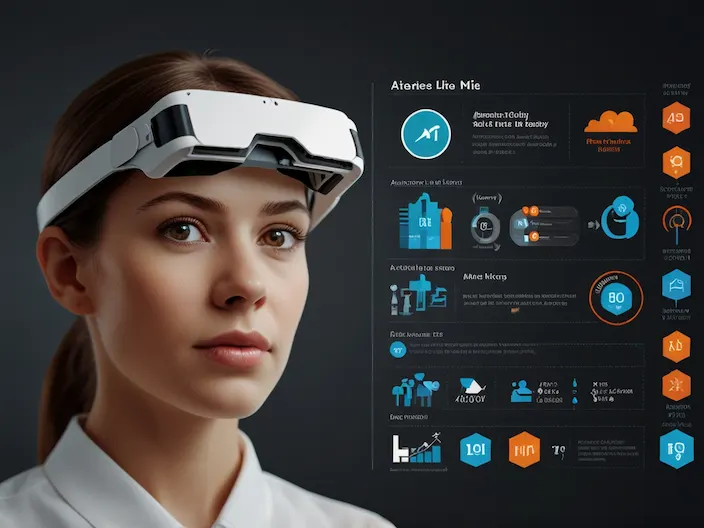
Augmented Reality (AR) – Blending Digital Elements with the Real World
Augmented Reality (AR) is an advanced technology that enriches the real world by adding digital elements. Users can view the real world through devices like smartphones or special glasses, seeing additional information and virtual objects overlaid on the real environment. This capability is used not only for entertainment but also in education, commerce, and tourism.
- Features of Augmented Reality (AR)
In today’s world, we are witnessing continuous advancements in digital technologies, rapidly reshaping lives and introducing new concepts like Augmented Reality (AR), Virtual Reality (VR), Mixed Reality (MR), and Extended Reality (XR). These technologies are no longer science fiction; instead, they have become practical tools across a range of fields—from education and training to manufacturing and entertainment.
The purpose of this article is to thoroughly examine these technologies, provide comprehensive explanations for each, and discuss their applications in various domains. By reading this article, you will understand the unique features of each technology and their impacts on modern life, alongside an exploration of the challenges and opportunities ahead.
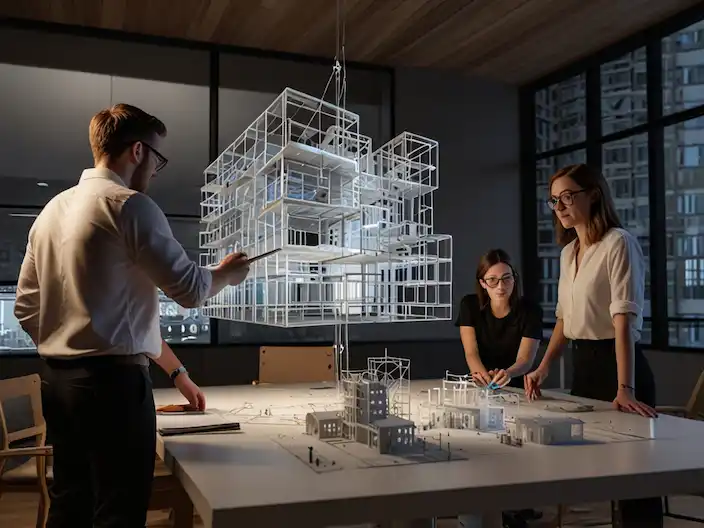
- Education with AR
One of the key applications of AR is in education. This technology enables students to visually and interactively learn complex information and concepts. For instance, in science classes, students can observe molecular structures or the parts of the human body in 3D while listening to explanations. This makes learning more engaging and helps students understand concepts more easily. Additionally, AR empowers teachers with innovative teaching methods, creating more immersive learning experiences.
AR in E-commerce and Retail
AR has also impacted e-commerce by transforming the shopping experience. Customers can virtually preview products in their own space before buying. For instance, in furniture shopping, a customer can view a virtual piece of furniture in their home using a smartphone to ensure it fits well with their environment, reducing returns and enhancing customer satisfaction.
- Tourism with AR
In tourism, AR can enrich the experience of visiting historical and tourist sites by providing additional information. Visitors can use their smartphones to access comprehensive multimedia information about a site’s history and details of each part, immersing them in a deeper and more informed experience of the historical places.

Virtual Reality (VR) – Complete Immersion in a Digital World
Virtual Reality (VR) enables users to fully immerse themselves in a digital world. Using specialized devices like VR headsets, users are transported to virtual environments that can be realistic or entirely imaginary. This technology allows users to interact directly with virtual environments, providing unique and immersive experiences.
- Entertainment and Gaming with VR
One of VR’s most prominent applications is in the gaming industry. This technology immerses players fully in the game world, providing a more realistic experience of the game’s environment and storyline. VR devices enable players to move physically within the game space, interacting with virtual objects and characters, enhancing suspense and excitement and blurring the line between reality and fantasy.
- Education and Simulation with VR
Beyond gaming, VR is widely used in education and simulation. For example, in medical training, students and doctors can practice complex surgeries virtually using VR simulators, honing their skills without expensive equipment or real patients.
- Therapy and Rehabilitation with VR
VR also plays a significant role in therapy and rehabilitation. Some treatment centers use VR to help patients with mental health disorders, such as phobias or anxiety, by allowing them to confront their fears and anxieties in controlled, safe environments under the guidance of psychological experts.
- Mixed Reality (MR) – Blending Real and Virtual Worlds
Mixed Reality (MR) is a combination of AR and VR, allowing users to interact with digital objects in a real-world setting. Using advanced sensors and tracking systems, MR places virtual objects precisely in the real world, enabling natural and simultaneous interaction.
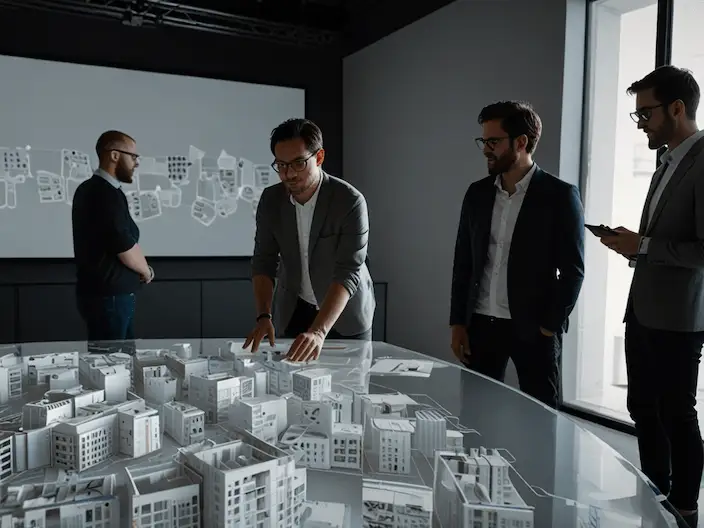
- MR in Design and Architecture
MR is especially beneficial in design and architecture. Architects and designers can simultaneously design projects in both the real and virtual worlds, making real-time adjustments. For example, an architect can use MR to place a 3D model of a building at a construction site, ensuring the design aligns with the environment from different perspectives.
- MR in Manufacturing
In manufacturing, MR allows workers to interact with machinery and production processes safely and effectively. By wearing MR glasses, workers can view work instructions and machine performance information simultaneously, improving efficiency and accuracy, reducing risks, and enhancing product quality.

Extended Reality (XR) – The Future of Digital Interactions
Extended Reality (XR) is an umbrella term that includes AR, VR, and MR, as well as any future technologies that blend the real and virtual worlds. XR represents a transformation in digital interactions, offering limitless possibilities for merging real and virtual worlds.
- Future of XR in Workplaces and Education
XR can fundamentally change how we work, learn, and communicate. It enables companies to enhance their design, production, and training processes with interactive and collaborative digital tools. Schools and universities can also use XR to create virtual classrooms where students and teachers from different parts of the world can interact and learn together in a visual and interactive way.
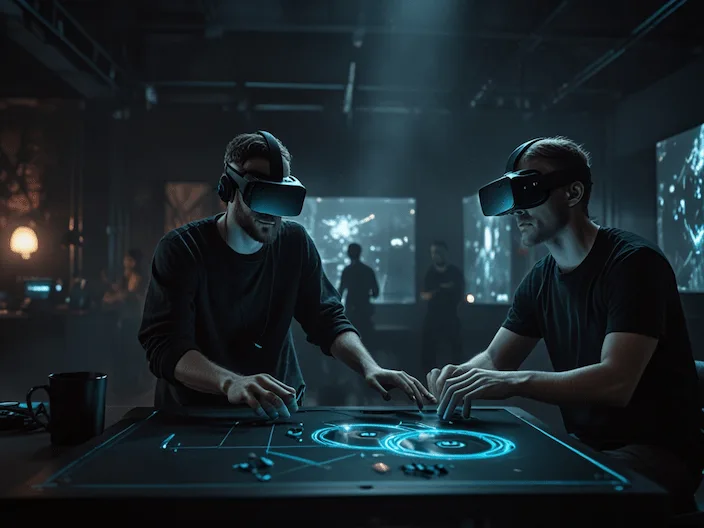
- What is the Difference Between AR and VR?
The primary difference between Augmented Reality (AR) and Virtual Reality (VR) lies in how they interact with the real world. AR enhances the real world by adding digital elements, allowing the user to interact with virtual objects in their surroundings. This means the user still sees the actual environment, but with added digital information or objects for an enriched experience.
VR, on the other hand, fully immerses the user in a digital environment, disconnecting them from the real world. These environments can be realistic recreations of actual places or entirely fictional computer-generated worlds. With VR headsets, users are placed in new virtual worlds, providing a fully immersive experience in these digital realms.
In essence, AR focuses on adding information to the real world, making it richer and more interactive, while VR offers a completely virtual experience detached from reality.

What is the Difference Between VR and MR?
Virtual Reality (VR) and Mixed Reality (MR) have key differences. VR presents a fully artificial, computer-generated environment, where all user experiences—visual, auditory, and even tactile—are produced by digital devices. In VR, users are separated from the physical world and focus entirely on the virtual one, unable to see or interact with reality; all interactions occur in a virtual setting.
In contrast, Mixed Reality (MR) combines virtual and augmented reality, allowing users to interact with both physical and virtual environments simultaneously. In MR, virtual objects are placed over the real world, enabling users to interact with both physical and virtual items. Thanks to advanced tracking and display systems, digital images are realistically layered over real objects, allowing users to modify their positions and attributes.
In short, while VR completely replaces the user’s view, immersing them in a virtual world, MR expands reality by blending physical and digital elements.
Comparing AR and MR
Augmented Reality (AR) and Mixed Reality (MR) are closely related but differ significantly. In AR, digital objects are merely overlaid on the real world, without deep interaction between the user and virtual objects. For example, an AR app might display information like maps or guides on a smartphone camera view, where users see the real world with added information layered on top.
On the other hand, MR creates a more complex interaction between real and virtual worlds. In MR, virtual objects not only augment reality but integrate in a way that users can interact with them naturally. This integration requires advanced technologies, such as motion-tracking systems and precise sensors. For example, in MR, users can manipulate a virtual object in the real world, move it, and even align it with physical surroundings.
In summary, the primary difference between AR and MR lies in the level of integration and interaction between virtual objects and the real world. AR simply enhances the real world, while MR creates a new, blended reality where real and virtual objects interact seamlessly.

Applications of AR, VR, MR, and XR in Different Industries
These technologies are currently used across various industries:
- Education
In education, VR allows students to virtually visit historical sites or experience scientific concepts in simulated environments. AR and MR create interactive learning spaces; for example, students can examine 3D models of the human body or historical objects up close, deepening their learning experience.
- Healthcare
In medicine, AR and MR improve surgery and diagnostic methods. Doctors can use AR to view a patient’s vital data directly in their field of view, or they can train with precise MR simulations, improving their skills and reducing surgical errors.
- Entertainment and Gaming
The gaming industry is a major adopter of these technologies. VR and AR have transformed gaming, enabling players to fully immerse themselves in virtual worlds or turn their real-world surroundings into part of the game, creating a unique and thrilling experience.
- Real Estate
In real estate, VR allows users to take virtual property tours without being physically present. This is particularly valuable for international buyers, as they can explore properties from a distance.
- Manufacturing
MR is also beneficial in manufacturing, enabling safe and efficient interactions with machinery and production processes. Workers can use MR to view machine performance data and make real-time optimizations, helping reduce risks and increase safety.
- Design and Architecture
In design, architecture, and engineering, XR enables interactive and collaborative project work. Designers can view projects in 3D, apply changes in real-time, and collaborate simultaneously with team members, enhancing accuracy and reducing project timelines.
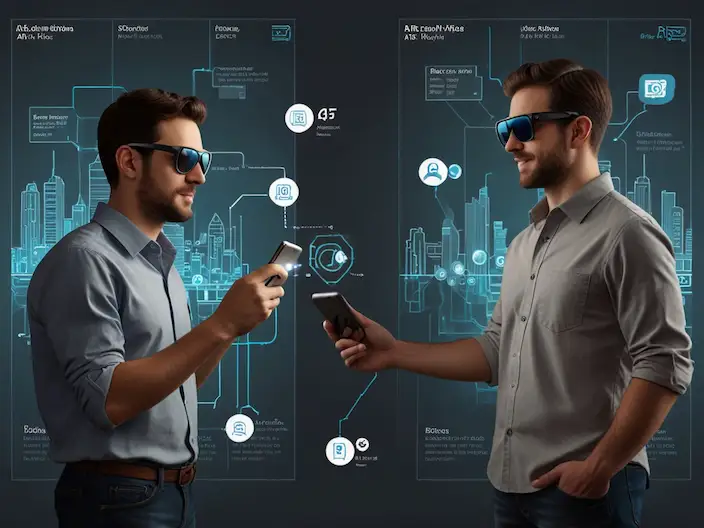
Challenges and Future Outlook for AR, VR, MR, and XR
Despite their remarkable advancements, these technologies face challenges. User comfort is a major issue, especially in VR and MR, where dizziness and visual discomfort can limit user experience. Extended VR use may cause physical discomfort, requiring more user-friendly devices.
Security and privacy concerns are also significant, particularly in AR and VR, where personal information is collected and processed. This can threaten user privacy and requires specific policies and regulations to safeguard data.
Cost and accessibility are additional barriers. High-quality VR and MR equipment is often expensive, limiting widespread access. Advanced hardware requirements can also restrict some users.
Nonetheless, the future of these technologies is promising. Advances in equipment miniaturization and computing efficiency will make devices lighter and more effective. With growing market interest and substantial investments in this field, these technologies are expected to see wider use, profoundly impacting daily and professional life. Future developments will likely create an integrated world where physical and virtual realities interact seamlessly
Conclusion
AR, VR, MR, and XR technologies are transforming how we interact with the real and virtual worlds. Each has unique features and benefits, with applications across industries from education and healthcare to entertainment and manufacturing. Despite challenges like user comfort, data security, and high costs, the development outlook for these technologies is bright. With technological progress and increased access to affordable equipment, these technologies will likely play a larger role in our everyday and professional lives, creating a future where the real and virtual worlds merge effortlessly.
Table of Contents
Toggle
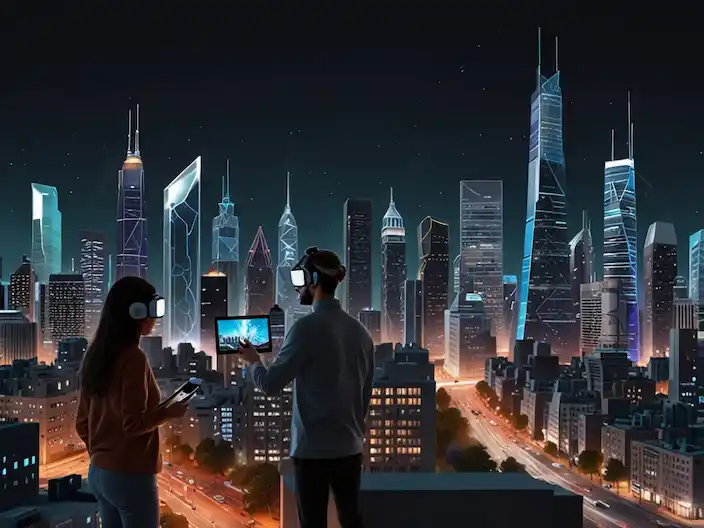

One Response